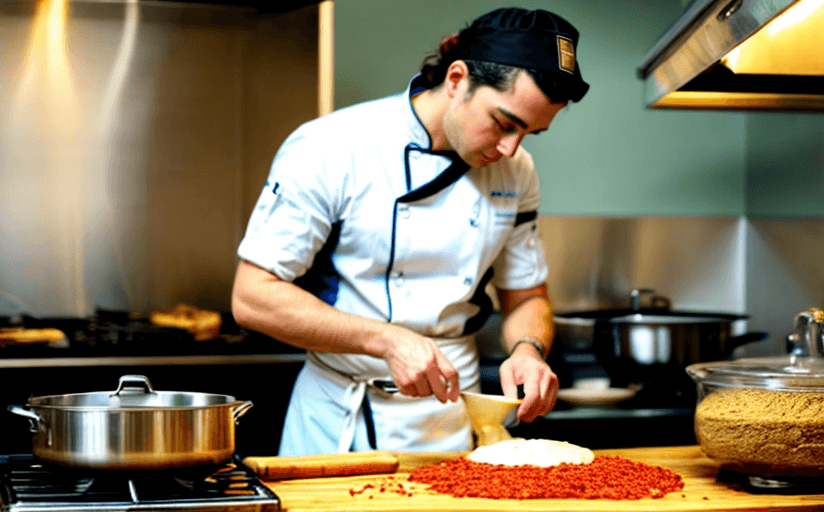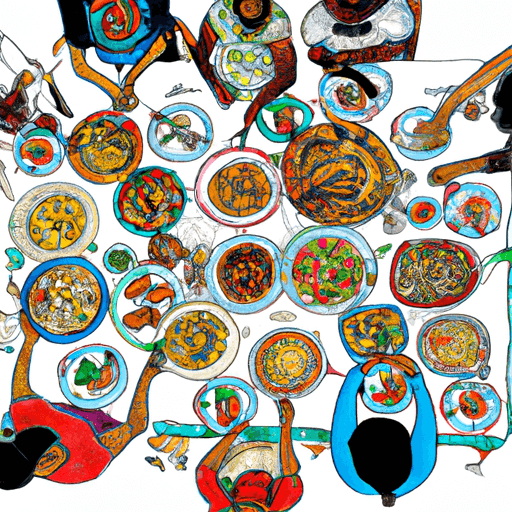Alternative Flours and How to Cook with Them
When you think of baking and cooking, traditional all-purpose flour likely comes to mind. But there are a variety of alternative flours that can be used as a substitute to traditional flour, and each one offers unique flavors and textures to dishes. Here is a guide to the different types of alternative flours, as well as some tips and tricks for incorporating them into dishes.
Types of Alternative Flours
- Rice Flour - Rice flour is made from finely milled white or brown rice and is a great gluten-free option. It has a light and slightly nutty flavor, and is great for baking cakes, muffins, and other desserts.
- Coconut Flour - Coconut flour is made from dried and finely ground coconut meat and is also gluten-free. It has a sweet and nutty flavor, and is great for baking breads and muffins.
- Almond Flour - Almond flour is made from blanched almonds that have been ground into a fine powder. It has a nutty flavor and is great for baking cakes, muffins, and cookies.
- Buckwheat Flour - Buckwheat flour is made from grinding buckwheat groats and is gluten-free. It has a nutty and slightly sweet flavor, and is great for using in pancakes, waffles, and crepes.
- Quinoa Flour - Quinoa flour is made from finely ground quinoa and is gluten-free. It has a mild flavor and is great for baking breads, muffins, and cookies.
- Chickpea Flour - Chickpea flour is made from dried and ground chickpeas and is also gluten-free. It has a mild nutty flavor and is great for baking breads, muffins, and cookies.
Incorporating Alternative Flours into Dishes
When incorporating alternative flours into dishes, it is important to keep in mind that they often have different absorption qualities than traditional all-purpose flour. As such, it is important to keep the ratios of liquid-to-flour in mind when using alternative flours, as they may absorb more or less liquid than traditional flour. Additionally, it is important to note that alternative flours may not rise as much as traditional flour, so it may be necessary to add a leavening agent such as baking powder or baking soda to ensure that the dish rises properly.
Knowing When Dishes are Cooked
When baking or cooking with alternative flours, it is important to know when the dish is cooked. One way to tell is to check the color of the dish - if it is golden brown, it is likely cooked. Additionally, if the dish is cooked through, a toothpick inserted into the center should come out clean. It is also important to keep in mind that baking times may be longer with alternative flours, so it is important to check the dish often to ensure that it does not overcook.
Special Tips and Tricks
When baking with alternative flours, there are a few tips and tricks to keep in mind. One is to add a bit of fat to the recipe, such as butter or oil, as this can help keep the dish moist. Additionally, it is important to add extra baking time if necessary, as some alternative flours may take longer to cook than traditional all-purpose flour.
In conclusion, there are a variety of alternative flours that can be used as a substitute for traditional all-purpose flour. Each type of flour adds unique flavors and textures to dishes, and it is important to keep in mind the correct ratios of liquid-to-flour as well as the proper baking times. With these tips and tricks, you can successfully incorporate alternative flours into your dishes and enjoy the unique flavors and textures they bring.

















Comments
Leave a Comment